
BRIDGE LOAN BASICS
How does Buying Before Selling work?
Buying Before Selling, or BBS, utilizes "bridge" financing. This is a short-term loan used to bridge a financial gap between two or more residential properties. It's called a "bridge" because it allows you to cross from one property to another primarily utilizing the equity in both properties. This enables the homeowner to purchase the next home before having to sell the old home, move to the new home, and then sell the old home.
Buying Before Selling allows borrowers to compete with cash offers, get their offer accepted without any contingency of selling their old home, and then focus on getting into the new home. Once that process is complete, the old home can be polished up and properly staged, which typically yields higher sale prices. The sale proceeds will pay off the bridge loan with no restriction on how quickly it gets paid off. In the event the proceeds don't pay off the entire amount we can refinance the "leftover" amount to a Conventional long-term rate.
Get started today and fund your dream home with ease! Our bridge loans offer fast approvals and flexible terms to help you move into your new space sooner—apply now!
Understanding Bridge Loans
A Short-Term Loan
BBS loans are short-term loans by regulation, typically 11-12 months. Because there are no prepayment penalties, the durations can be several months or even a few weeks. BBS loans are not intended as long-term financing solutions and are only meant to "bridge" between the purchase of a new property and the sale of an existing one.
Cross-Collateralization
BBS loans require collateral to secure funding, such as the borrower's current home, the home being purchased, or even other properties the borrower may own. This cross-collateralization allows us to maximize the borrower's equity to secure the new home, often for the full purchase price.
Qualification Requirements
BBS loans have simple but specific eligibility criteria and requirements, primarily creditworthiness and the value of the collateral. Unlike a bank loan, however, income and asset documentation are not required for qualifying. Financial stability, verifiable equity, and a reasonable way to exit the loan are the primary keys to Buying Before Selling.
Rates and Fees
BBS loans come with higher interest rates and fees compared to traditional loans because they are short-term in nature but also because of the limited documentation and use of alternative funding sources. The fees are offset by the savings and reduced stress of moving only once, by selling the old home for a higher price because it was polished up and properly staged, and by providing a competitive non-contingent offer on the new home. "Contingent" buyers are often willing to pay a higher price for the new home. With BBS loans, that premium is simply in the form of higher fees rather than a higher price.
The borrower is required to make monthly interest-only payments until the loan is paid off, either through the sale of the old home entirely, if there are enough proceeds, or subsequent refinancing of any remaining balance.
Why Choose Us?


Close Quickly
We can close your new home purchase in as little as 15-25 days. Whether you need to move fast or want to negotiate a better deal with the seller for a quick closing, our streamlined process makes it possible without the usual delays.

No loan or appraisal contingencies
Our offer stands out from the competition because it's non-contingent. With no appraisals required on either property in the transaction and no qualifying requirements based on income or employment, our offer is as strong as those from cash buyers, giving you an edge in competitive markets.

Flexible Repayment After Sale
Move according to your schedule, not someone else's. You can stay in your old home while fixing up the new one, move to the new home and then prepare the old one for top-dollar selling, or create any timeline that works for your situation. Our flexible approach ensures a smooth and unrushed transition for you and your family.
Get the Answers You Need

“Buying Before Selling” typically employs a source of financing called a Bridge Loan.
This lending tool allows for the purchase of a new home before officially selling an old home and will utilize the equity in the old home to enable a “cash” purchase or it can combine the equity in the departing home and the new home to enable the purchase of the new home before selling the old home.
Understanding your options is the first step to making a confident move. Whether you're looking to buy before selling, downsize, or transition into a new home stress-free, we've got solutions designed to fit your needs.
Check out the FAQs to see how this process works and what it could mean for you.
What is a bridge loan?
A bridge loan is a short-term financing option that provides temporary cash flow to cover gaps—commonly in business while awaiting long-term funding, or in real estate to bridge the time between buying and selling a home.
Who is eligible for a Bridge loan?
The primary requirement for a bridge loan is the equity in the departing home. Thus, most existing homeowners with considerable equity in their home are eligible for a bridge loan.
What are the primary benefits of a bridge loan?
The primary benefits are: the opportunity to make a contingency-free offer on a new home, close on the new purchase in a timely manner, move to the new home without being rushed out of the old home, fixing up the old home for sale without being in the home, and selling the old home quickly and for top dollar after it is vacant and properly staged.
When would I need a bridge loan?
If you are an existing homeowner with sufficient equity, you decide you want/need to move, and you don’t want to have to sell first… you need a bridge loan.
What are the drawbacks of bridge loans?
The primary drawback of bridge loans is the cost. With less expensive Conventional loans the lender doesn’t begin “making money” until the 5th or 6th month and then continues to make money for many months and years into the future. Because most bridge loans pay off within 1-3 months the lender of the financing will charge a higher rate and fee for the financing.
What is the typical cost of a bridge loan?
Costs will vary from lender to lender and will be determined by the credit scores of the borrower, the loan-to-value against the properties, and other qualifying factors. The costs will typically range from 2-3% of the financed amount.
Are bridge loans covered by RESPA?
Yes, bridge loans that meet specific criteria are covered under the Real Estate Settlement Procedures Act (RESPA), which requires lenders to clearly disclose loan terms, closing costs, and any affiliated service providers to ensure transparency throughout the loan process.
How long does a bridge loan take to close?
Bridge loans typically offer faster approval and funding than traditional mortgages, often closing within a few weeks, though the exact timeline depends on factors like the lender’s efficiency, the borrower’s financial profile, property appraisals, and required documentation—with some lenders providing expedited processing for well-qualified borrowers.
Does a bridge loan require an appraisal?
In most cases, no, a bridge loan may not require an appraisal. This is because the most efficient bridge lenders will determine valuations using automated valuation methods and because the loan-to-value is so low that the risk to the lender is minimized.
I’m interested in a bridge loan, what do I do next?
The next step is to call or email me, Todd Galde, to have a Confidential Strategy Session where we discuss where you want to move, how much equity you have to work with, and ultimately to obtain a pre-approval so you can begin looking for your next home. You can text or call me at 925-381-8190, email me at [email protected], or book a “Confidential Strategy Session” on my calendar here: http://galde.co/css
Contact Us

The Xpert Company NMLS # is 2179191
Corp NMLS#459512 / NMLS#256864
Office: 5776 Stoneridge Mall Road, Suite 280
Pleasanton, CA 94588
Copyright © 2025 | Preferred Mortgage Partners
Licensed In: CA, NV, OR & WA
CONTACT INFO


